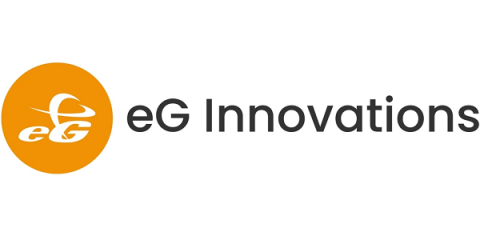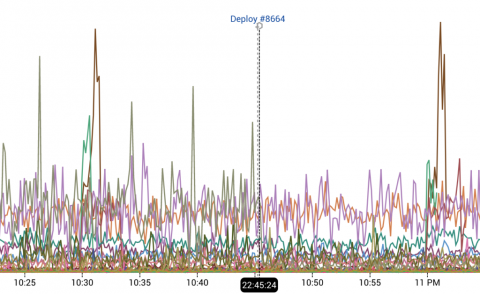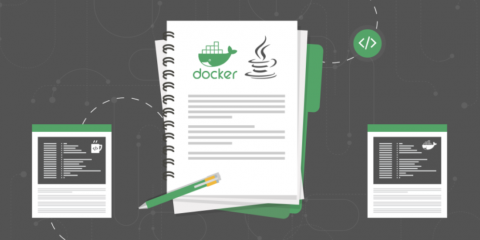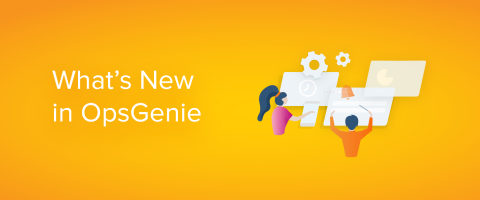How to Get Java Code-Level Visibility
The toughest IT performance problems to solve today are the ones where a user complains that their application access is slow. An IT administrator must then figure out the cause of the problem: is it the browser, the network, the server, the storage, the cloud infrastructure on which the application is hosted, or the application code?











